Historical events that were happening at the same time across the globe
History is a rich tapestry, woven with events that occurred simultaneously across different parts of the globe. While one culture was building architectural wonders, another was experiencing profound political change.
This article will explore these fascinating overlaps, showcasing how interconnected our world has always been, even before the advent of modern communication.
The Great Pyramid of Giza and Stonehenge: Ancient Marvels from Different Lands
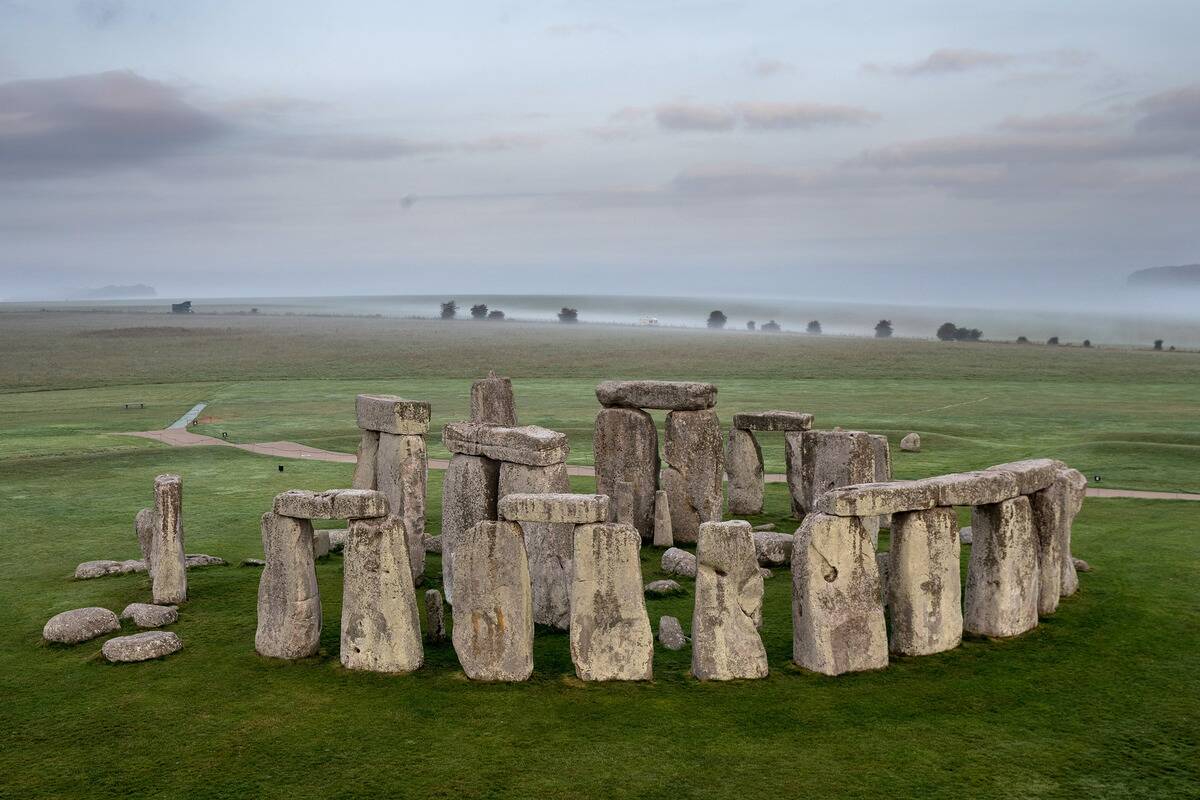
Around 2500 BCE, the Ancient Egyptians were busy constructing the Great Pyramid of Giza, an architectural feat that required precise engineering. At the same time, across the sea in what is now England, the early inhabitants were erecting Stonehenge.
This ring of standing stones remains a mystery, with scholars still debating its purpose. These two sites, though separated by thousands of miles, reflect humanity’s early desire to reach for the skies and understand the cosmos.
The Fall of the Western Roman Empire and the Rise of the Gupta Empire
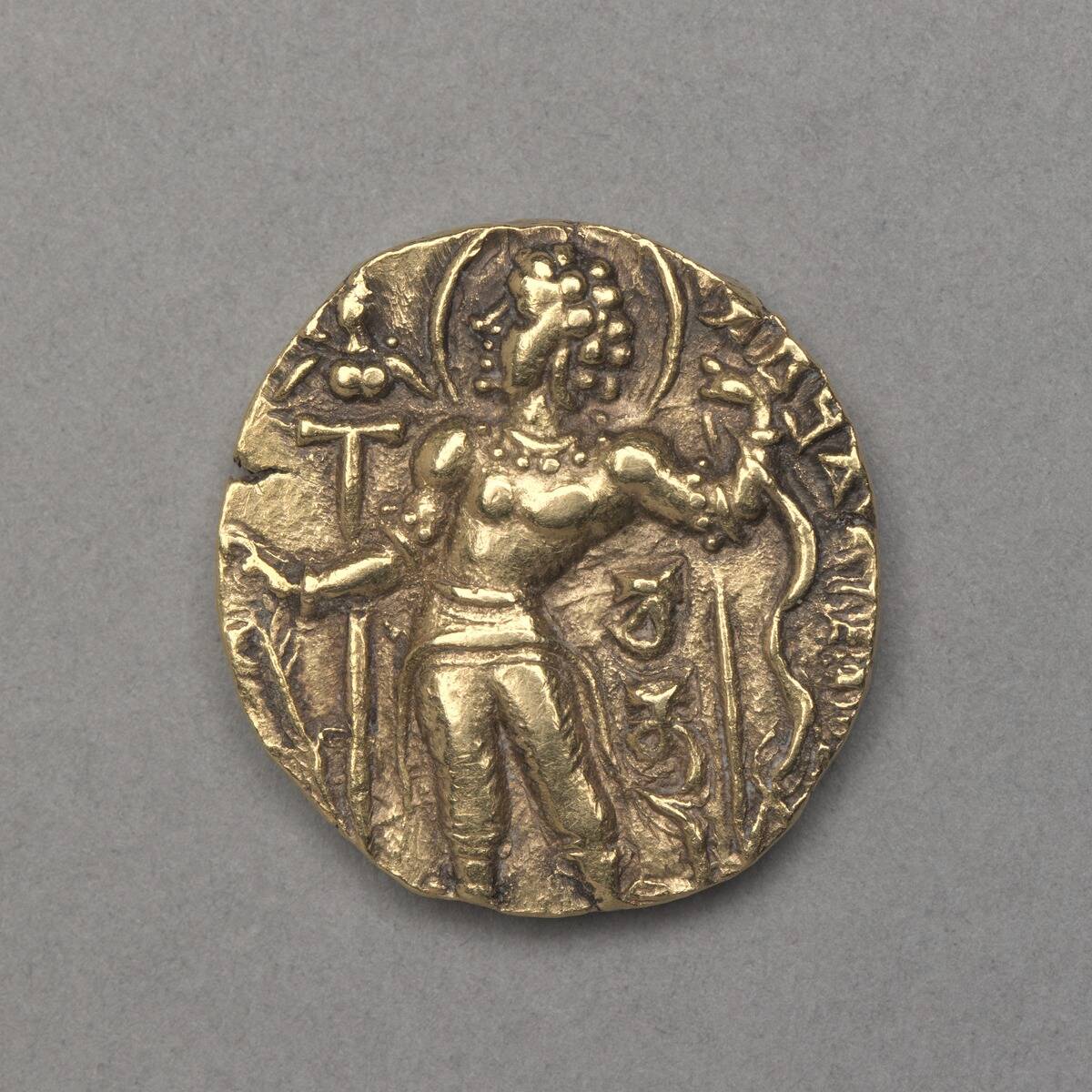
While the Western Roman Empire was crumbling in the 5th century, giving way to the chaos of the Middle Ages, a golden age was dawning in India under the Gupta Empire. This era, spanning from 320 to 550 CE, is noted for significant advancements in science and art.
Meanwhile, Rome’s decline marked the end of ancient civilization in Europe and the beginning of a new chapter. This juxtaposition highlights the ebb and flow of empires across time and space.
The Viking Age and the Flourishing of the Mayan Civilization
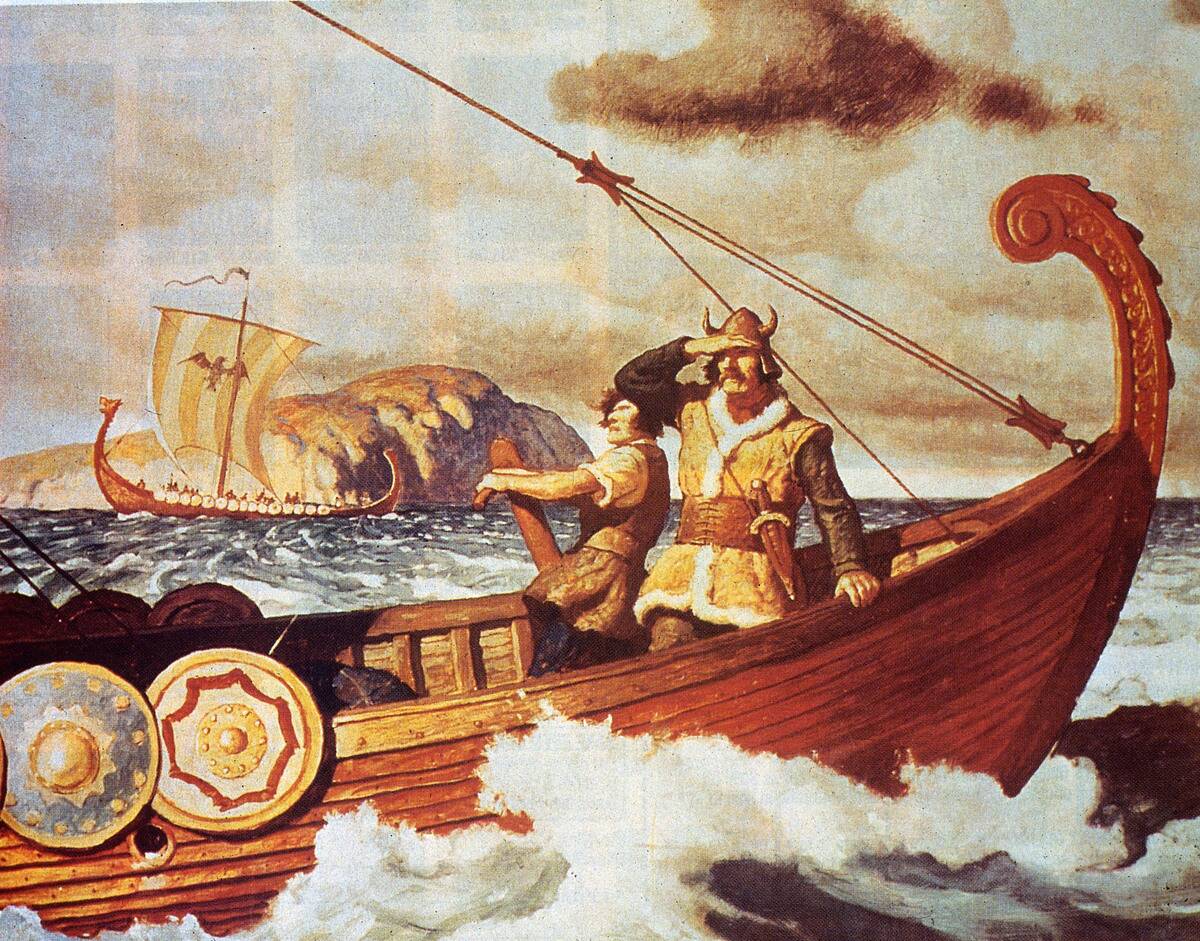
As Viking longships set sail across the North Atlantic during the 8th to 11th centuries, the Mayan civilization was reaching its zenith in Mesoamerica. The Vikings, known for their raids and exploration, left a lasting impact on European history.
Meanwhile, the Mayans were building grand cities and developing a complex calendar system. These two cultures, though vastly different, exemplify the diversity of human achievement during this period.
The Ming Dynasty Begins as the Hundred Years’ War Rages On
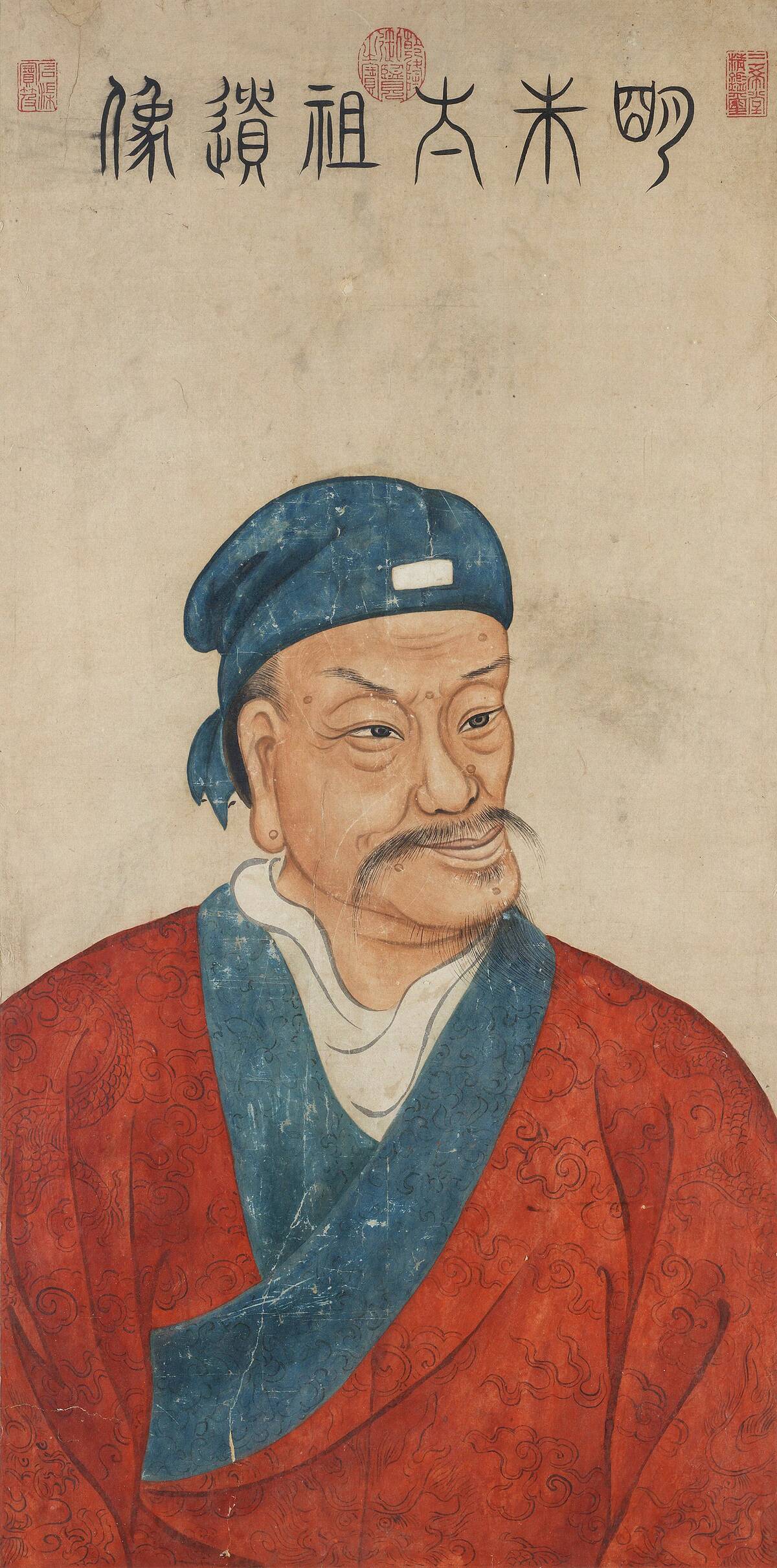
In 1368, the Ming Dynasty was established in China, marking a period of cultural restoration and expansion. Meanwhile, Europe was embroiled in the Hundred Years’ War, a series of conflicts between England and France.
The Ming Dynasty is known for its contributions to Chinese art and architecture, while the Hundred Years’ War saw the rise of significant military innovations. These concurrent events highlight the different paths of societal development in the East and West.
The Age of Exploration and the Rise of the Aztec Empire
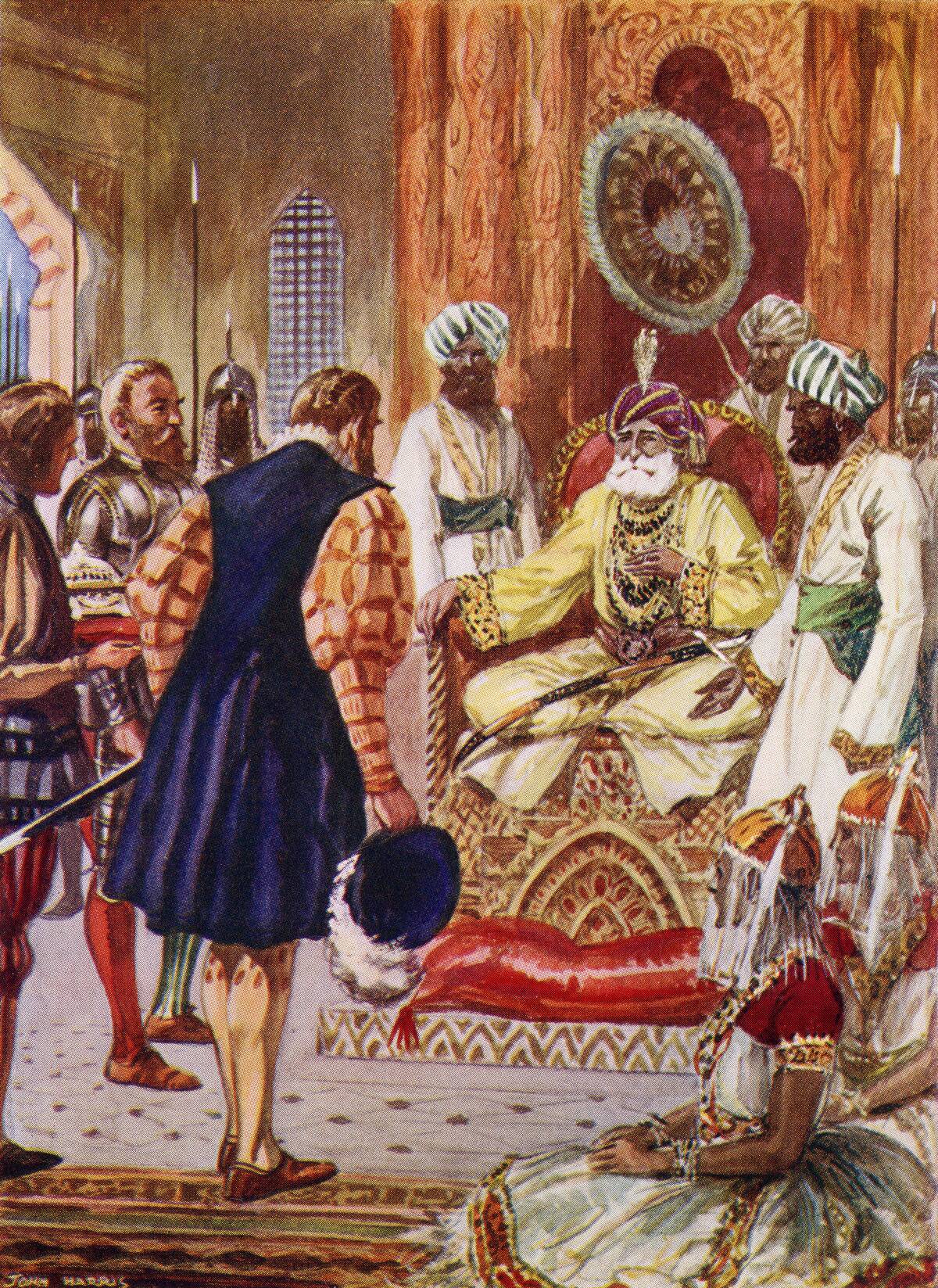
The 15th century marked the dawn of the Age of Exploration, with European powers seeking new trade routes and territories. Simultaneously, the Aztec Empire was rising in Mesoamerica, establishing its dominance over the region.
European explorers were driven by a thirst for knowledge and wealth, while the Aztecs were building a complex society with impressive architectural achievements. This era underscores the global quest for expansion and the clash of civilizations that would follow.
The American Revolution and Captain Cook’s Voyages in the Pacific
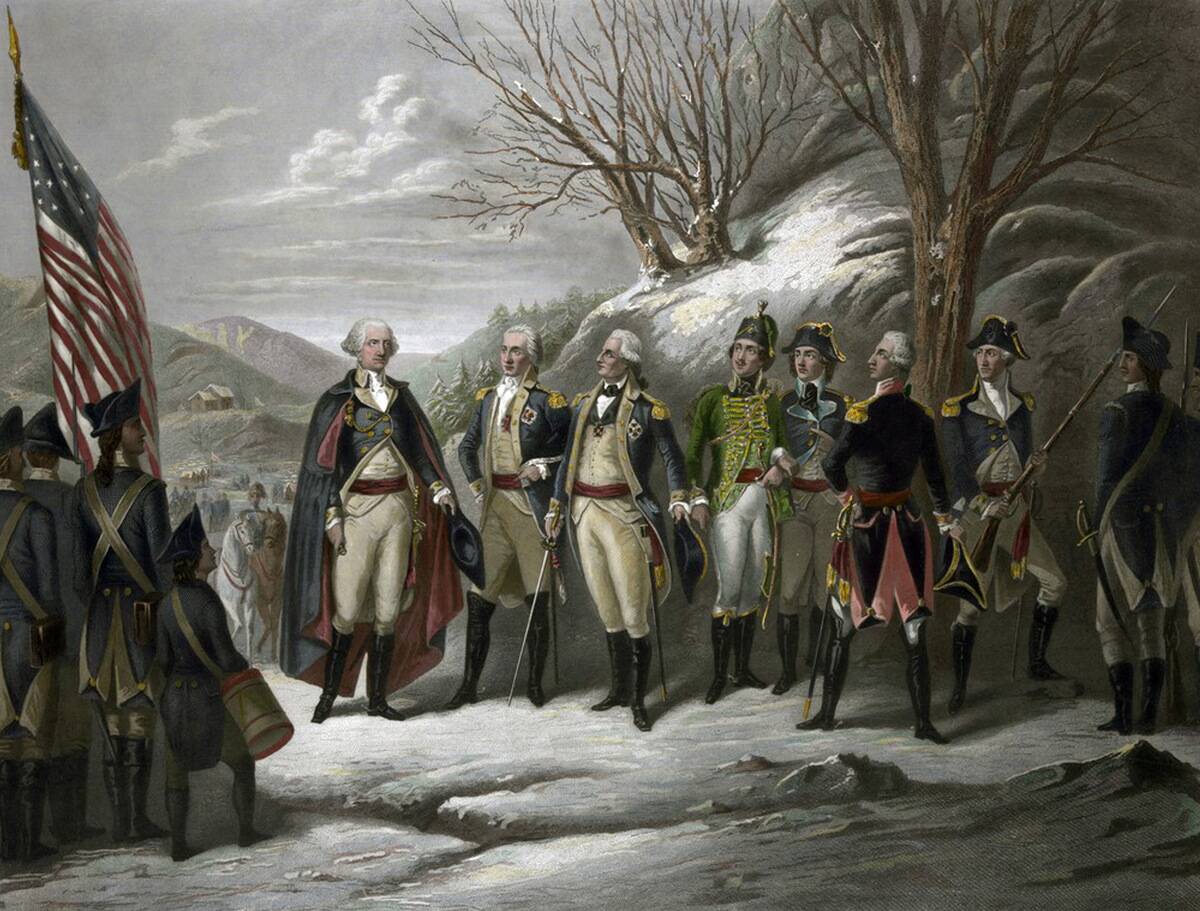
While the American colonies were fighting for independence from Britain in the late 18th century, Captain James Cook was undertaking his third and final voyage in the Pacfific. His voyages expanded European knowledge of the region and paved the way for future exploration.
Meanwhile, the American Revolution laid the groundwork for a new nation based on democratic ideals. These concurrent events highlight the era’s spirit of exploration and the quest for self-determination.
The French Revolution and the Invention of the Cotton Gin
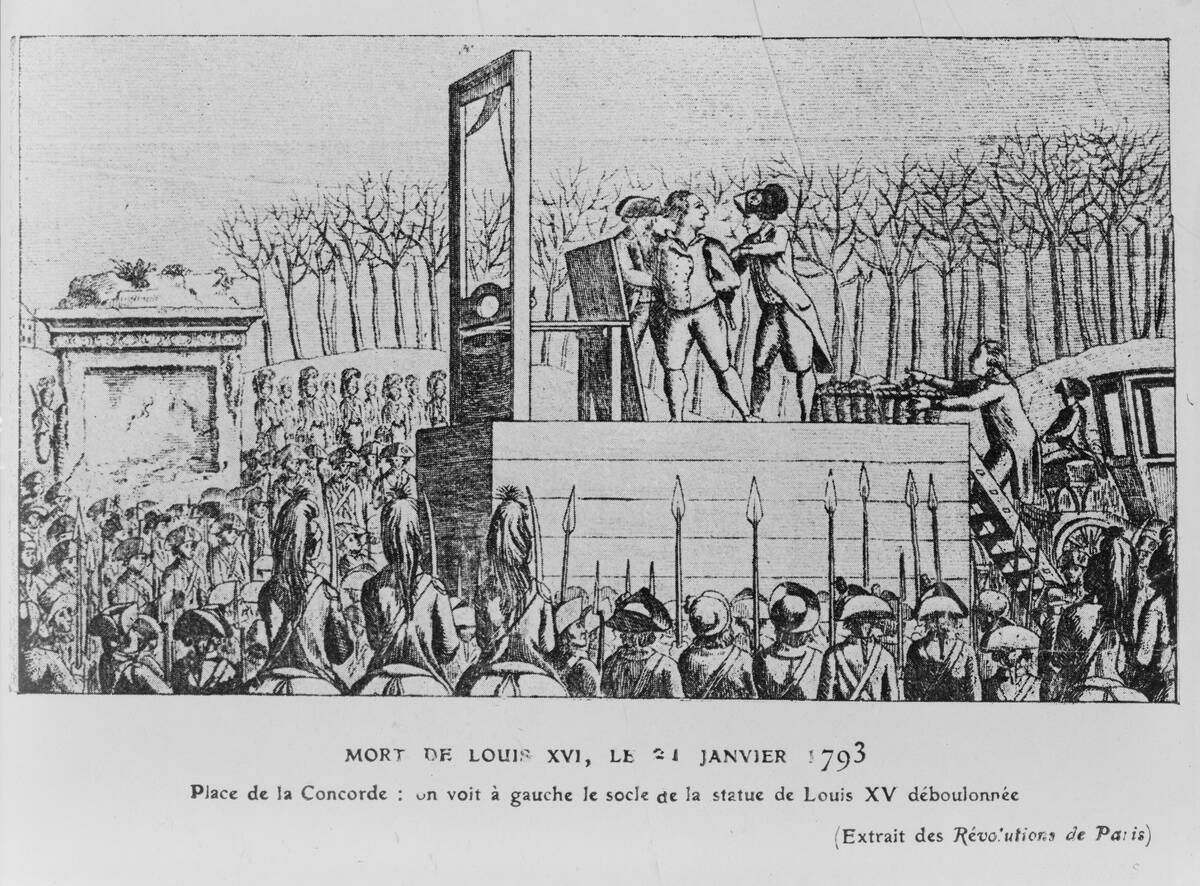
The late 18th century was a period of dramatic change, as the French Revolution overthrew the monarchy and introduced radical social and political reforms. In the same year Louis XVI was executed, Eli Whitney invented the cotton gin in 1793, revolutionizing the cotton industry and boosting the economy of the southern United States.
While France grappled with the upheaval of revolution, Whitney’s invention had far-reaching effects on agriculture and industry, setting the stage for the Industrial Revolution.
The California Gold Rush and the Publication of “The Communist Manifesto”
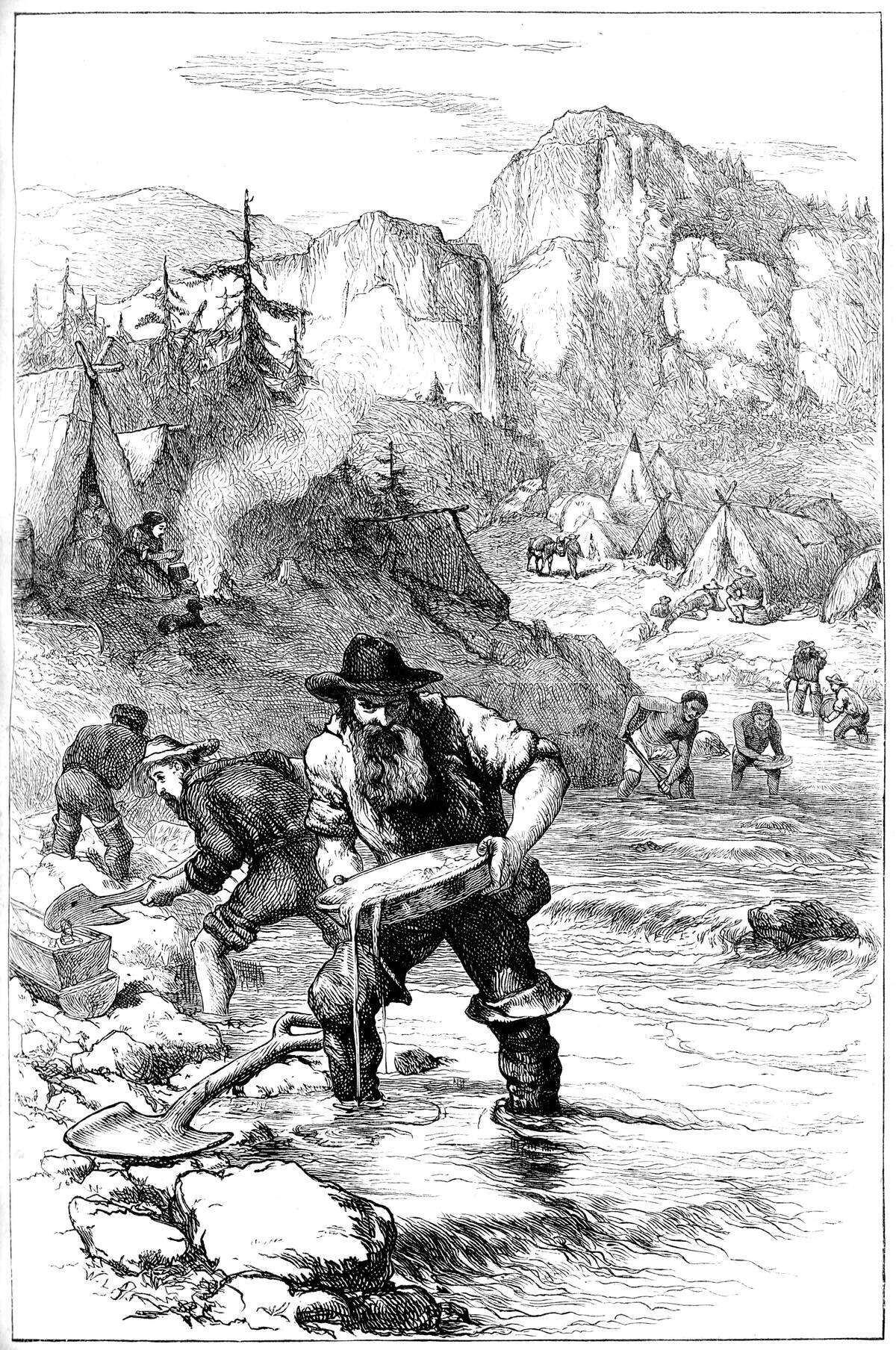
In 1848, the discovery of gold at Sutter’s Mill sparked the California Gold Rush, drawing thousands to the West in search of fortune. That same year, Karl Marx and Friedrich Engels published The Communist Manifesto, advocating for a new political ideology.
The Gold Rush epitomized the American Dream and the pursuit of wealth, while the manifesto called for a classless society. These events reflect the diverse aspirations and ideologies of the 19th century.
The American Civil War and the Unification of Italy
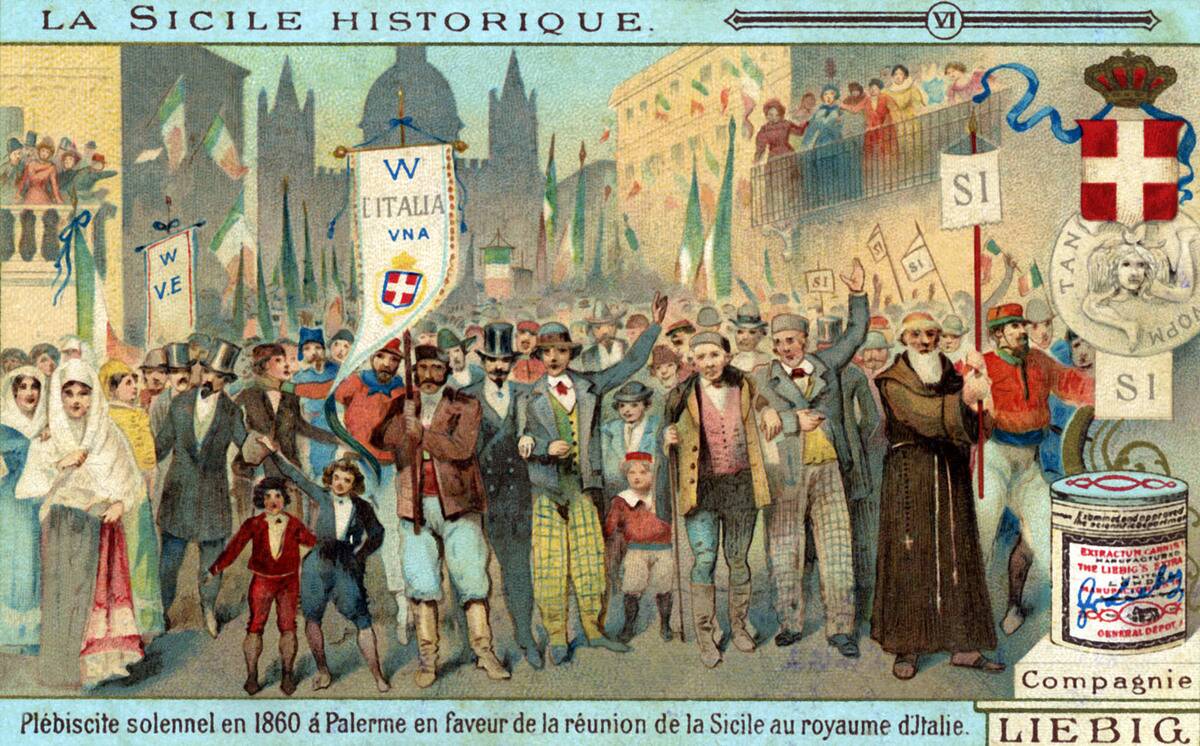
While the United States was embroiled in the Civil War from 1861 to 1865, Italy was undergoing a unification process led by figures like Garibaldi and Cavour.
The Civil War determined the fate of slavery and the future of the United States, while Italy’s unification created a new nation-state. Both events involved intense conflict and reshaped the political landscapes of their respective regions, highlighting the struggle for national identity and unity.
The Roaring Twenties and the Rise of Jazz in America
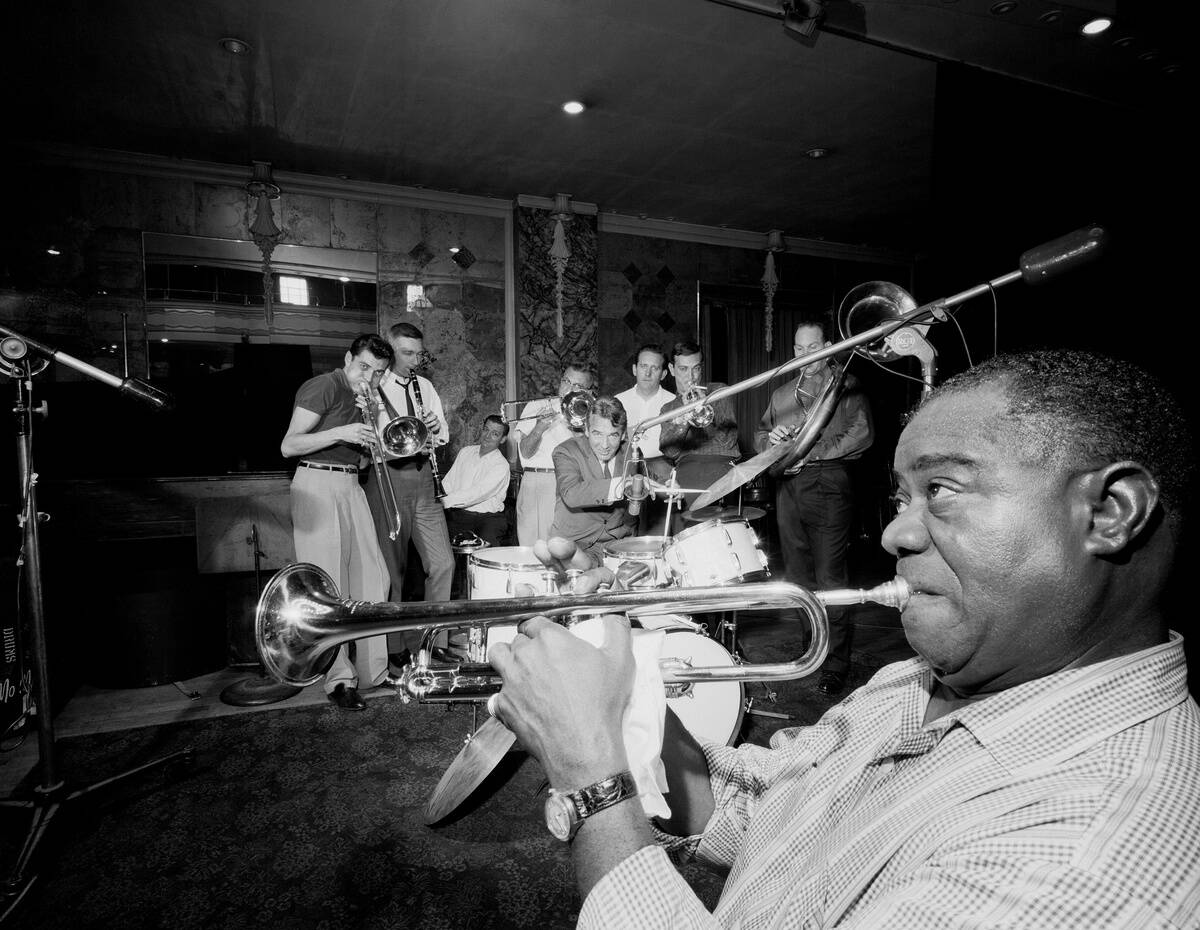
The 1920s were a time of great social and cultural change in America, known as the Roaring Twenties. Jazz music, with its roots in African American communities, rose to prominence and became the soundtrack of the era.
This decade brought economic prosperity and cultural shifts, as people flocked to cities and embraced new technologies. Jazz symbolized the freedom and innovation of the time, leaving a lasting impact on American culture.
The Great Depression and Gandhi’s Salt March
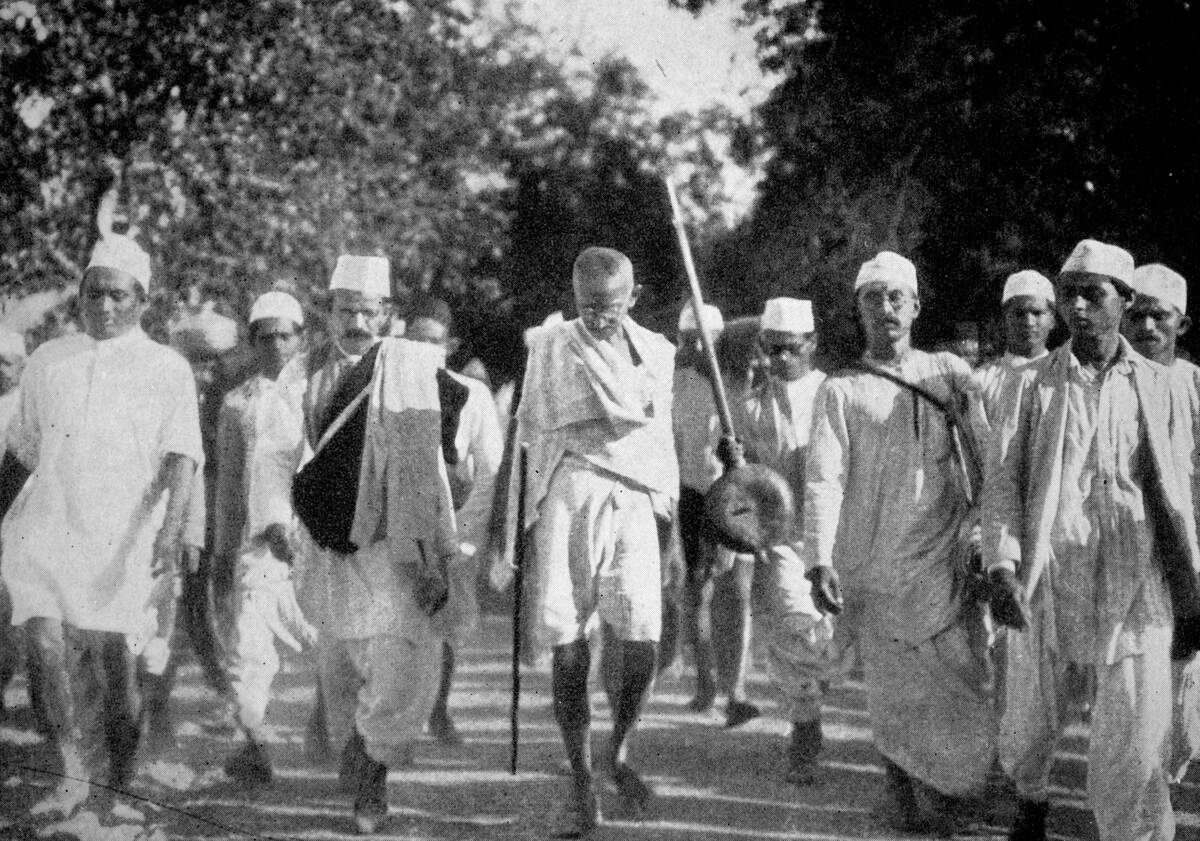
The Great Depression of the 1930s plunged the world into economic turmoil, with widespread unemployment and poverty. During this time, Mahatma Gandhi led the Salt March in 1930, a nonviolent protest against British salt taxes in India.
This marked a significant moment in the Indian independence movement. While economies struggled globally, Gandhi’s march highlighted the power of peaceful resistance and inspired future civil rights movements.
World War II and the Invention of the Computer
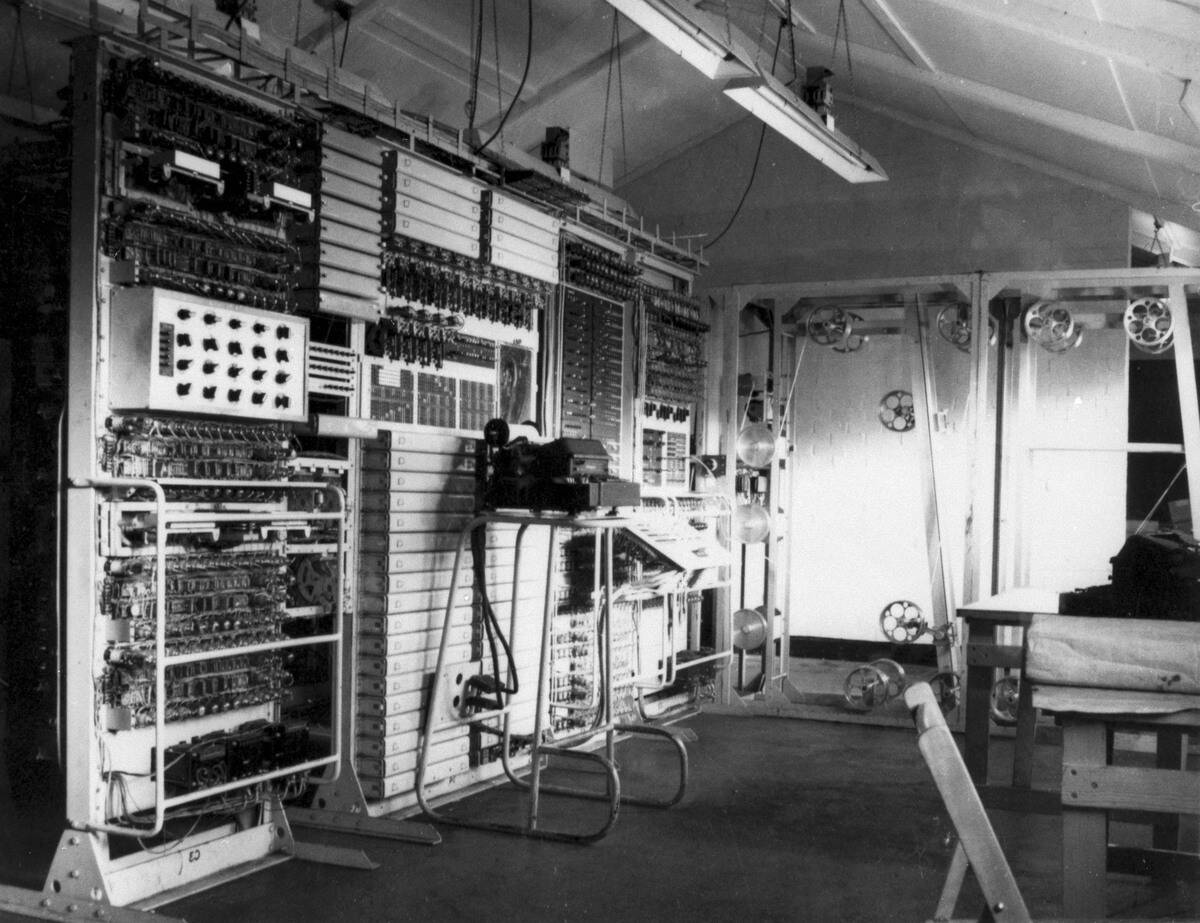
The global conflict of World War II from 1939 to 1945 saw unprecedented technological advancements, including the development of the first electronic computers. These machines were used for code-breaking, significantly aiding the Allied war effort.
The war reshaped the world order, while the invention of computers paved the way for the digital age. This intersection of war and technology highlights the dual nature of human innovation—capable of both destruction and progress.
The Moon Landing and the Woodstock Festival
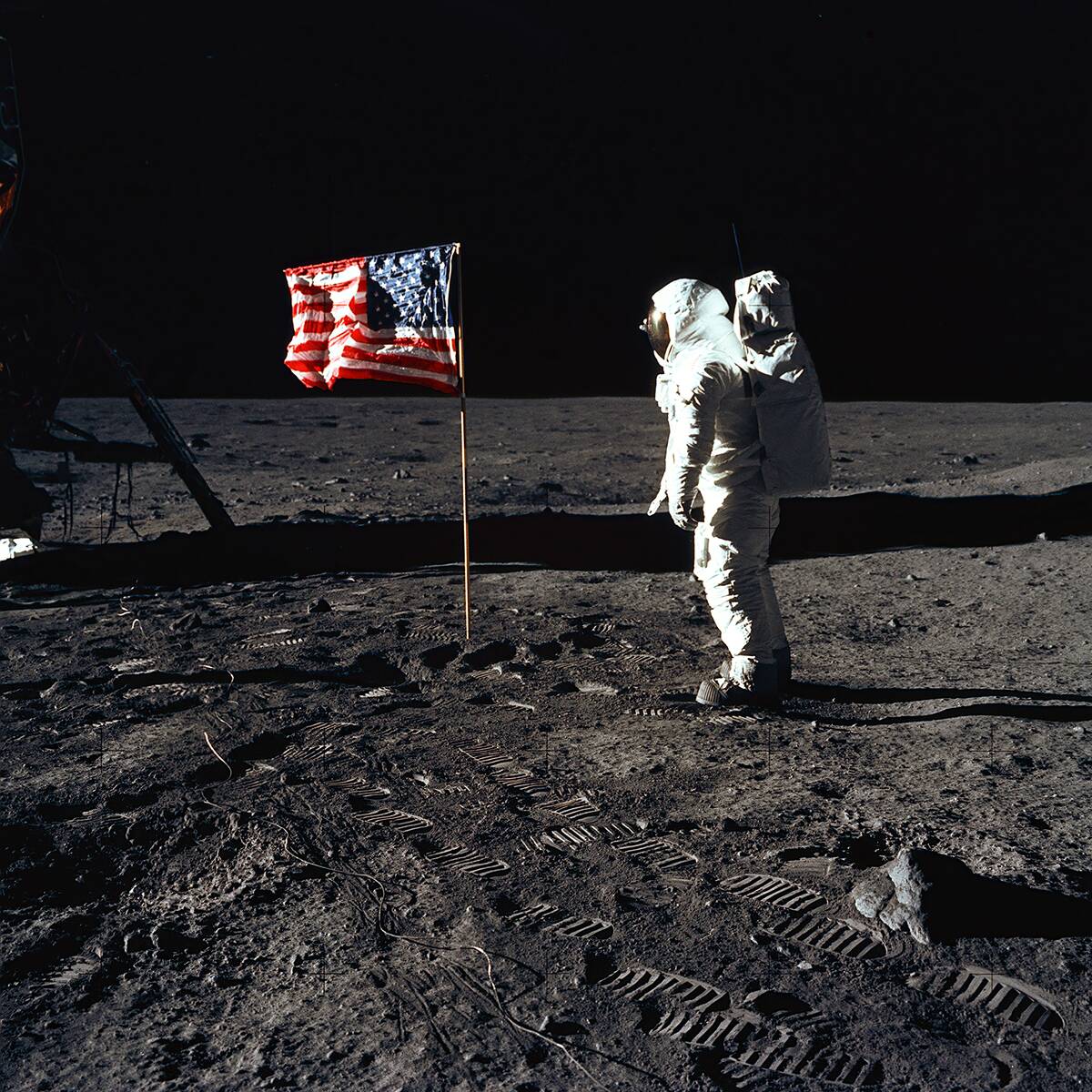
In 1969, humanity achieved a monumental milestone as Neil Armstrong set foot on the moon, a testament to human ingenuity and the spirit of exploration.
That same year, the Woodstock Festival became a defining moment of the counterculture movement, celebrating peace, music, and love. These events, though worlds apart, symbolized the aspirations and cultural shifts of the 1960s, showcasing the potential for both scientific achievement and social change.
The Fall of the Berlin Wall and the World Wide Web is Born
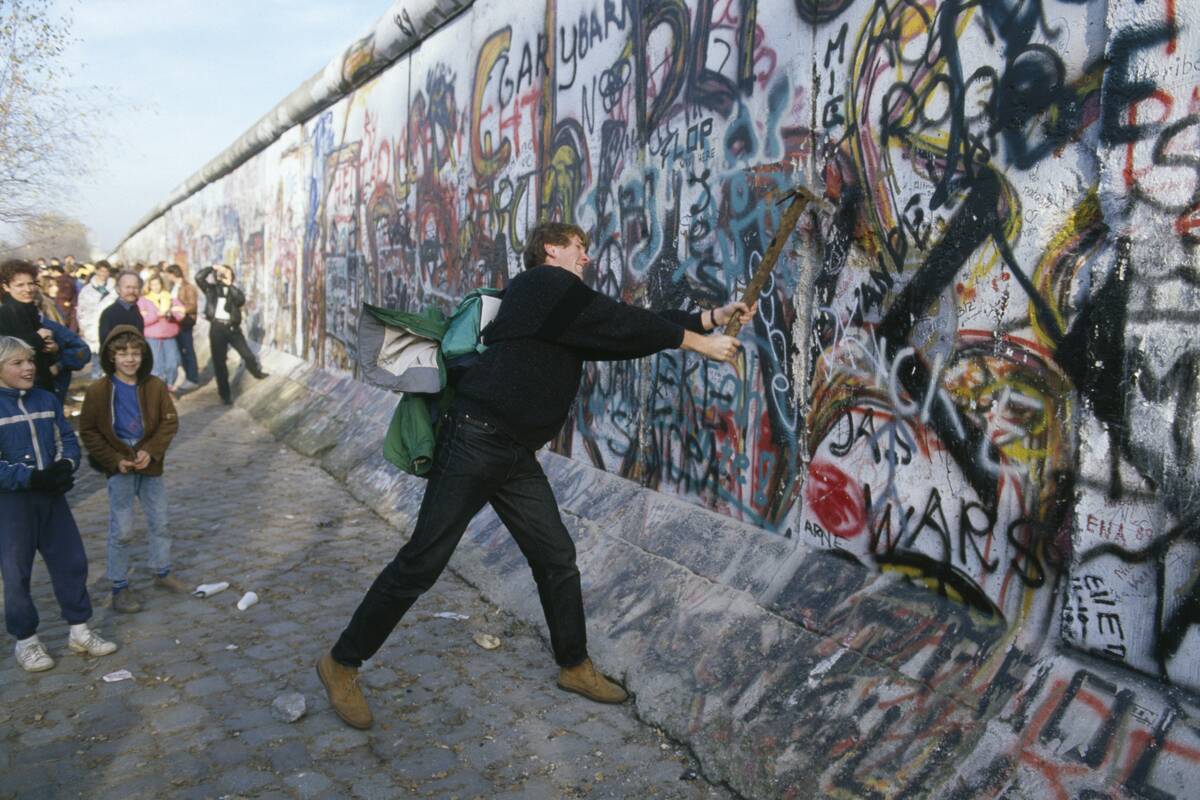
In 1989, the fall of the Berlin Wall marked the end of the Cold War and the beginning of a new era of global politics. That same year, Tim Berners-Lee proposed the World Wide Web, revolutionizing the way information is shared and accessed.
The collapse of the wall signified the triumph of freedom over division, while the birth of the web laid the groundwork for the digital revolution. Together, these events reshaped the world in profound ways.



